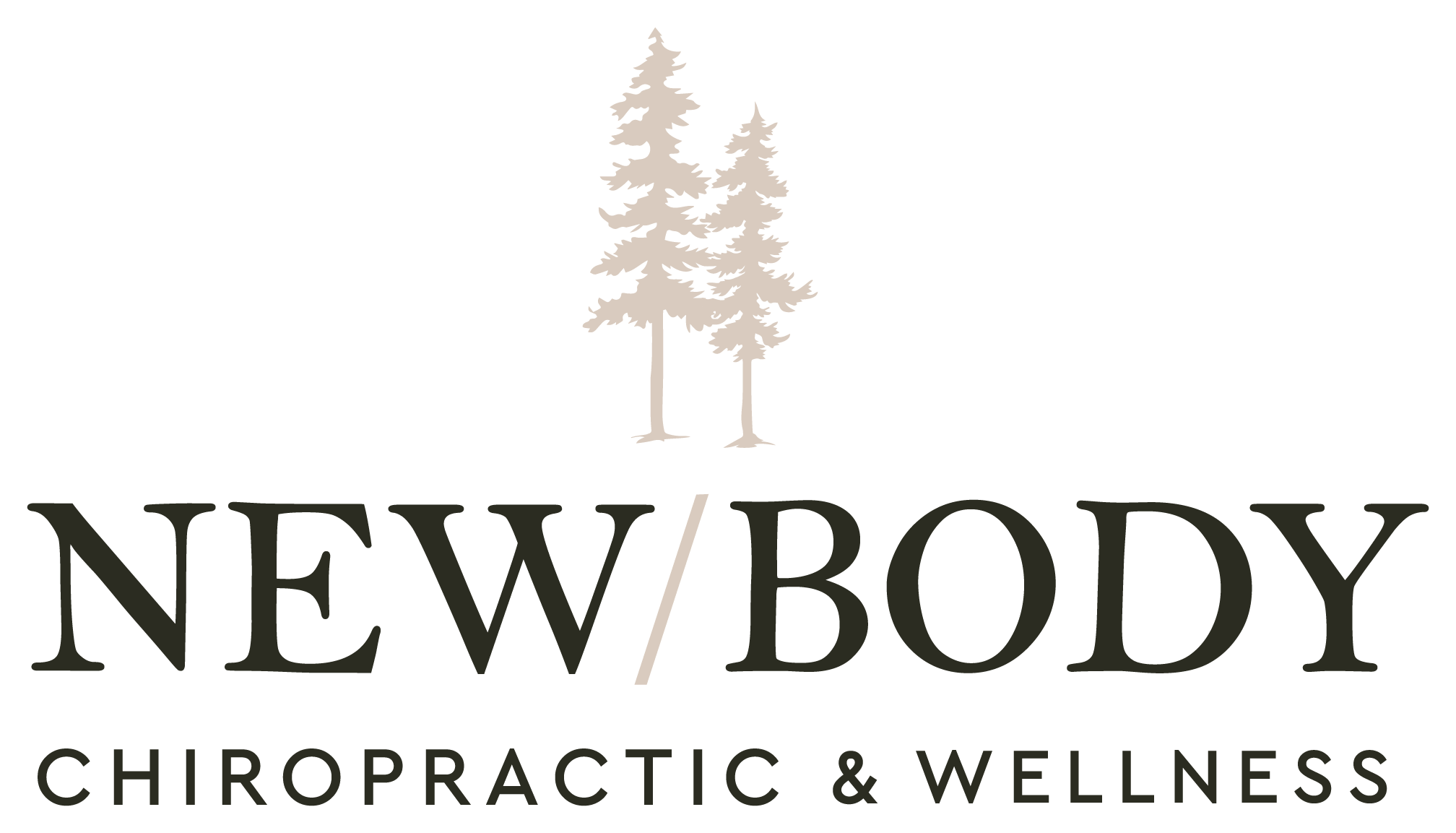Dr. Kenney’s Friday 5 Spot On Fridays I like to share some of the experiences I’ve had during the week with patients and in my personal life that I’ve found significant in some way. I like to share them in hopes that you might find value in them and have something resonate with you in…
read more
Dr. Kenney’s Friday 5 Spot – June 11th
https://newbodychiro.com/wp-content/themes/crocal/images/empty/thumbnail.jpg
150
150
Matt Kenney
https://secure.gravatar.com/avatar/87bddc5e52df9eab479ad2301d95f4ec?s=96&d=mm&r=g



